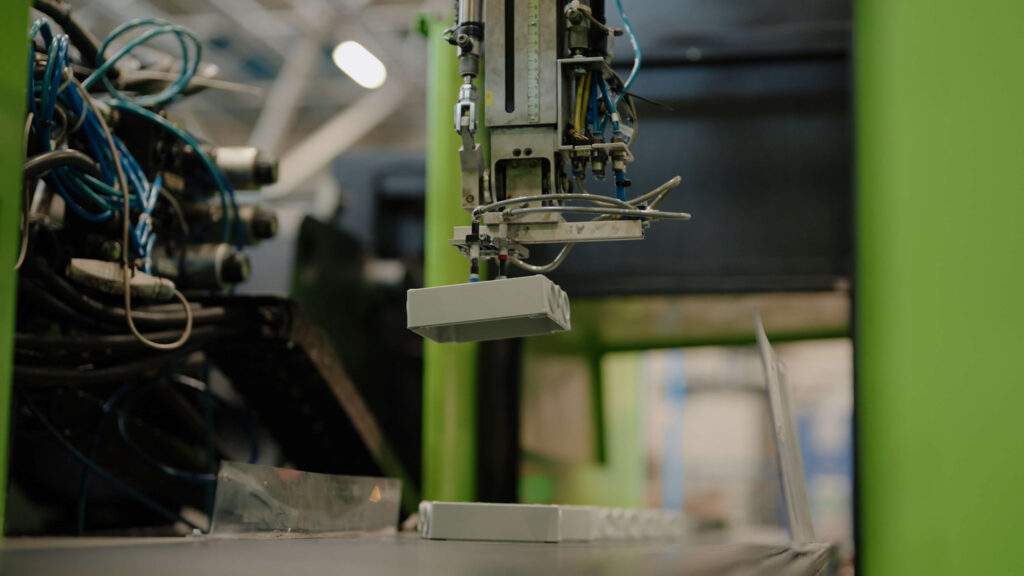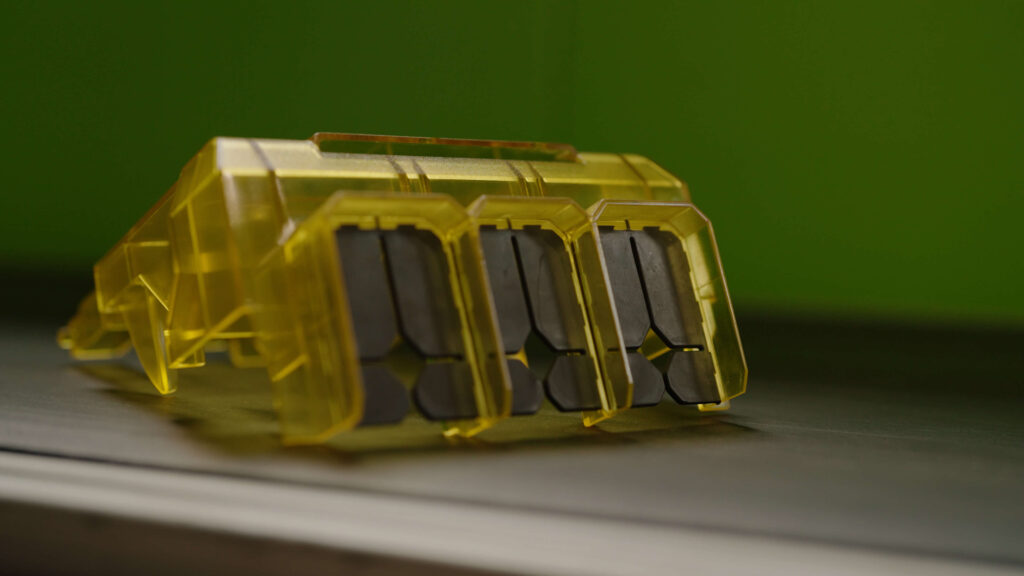Injection Molding vs. 3D Printing: Which is Better for Your Manufacturing Needs?
In the world of manufacturing, choosing the right production method is crucial for ensuring product quality, cost efficiency, and timely delivery. Two of the most popular manufacturing techniques today are injection molding and 3D printing service. Both have distinct advantages and limitations, making them suitable for different applications and industries. But how do you determine which method is better for your manufacturing needs? In this article, we’ll explore the key differences between these two processes and help you make an informed decision.
Understanding Injection Molding
Injection molding, particularly plastic injection molding, is a time-tested manufacturing process that involves injecting molten material into a mold to create parts and products. This method is widely used in mass production, where identical parts need to be produced at high volumes with tight tolerances. The process is known for its precision, repeatability, and ability to create complex shapes.
Plastic injection molding is especially popular in the electronics manufacturer sector, where it is used to produce components such as housings, connectors, and enclosures. The method is also favored by contract manufacturers for producing large quantities of parts that require consistent quality.
The Advantages of Injection Molding

High Volume Production: Injection molding is ideal for large-scale production. Once the mold is created, thousands or even millions of parts can be produced quickly and cost-effectively.
Material Versatility: The process supports a wide range of materials, including various plastics, metals, and ceramics. This versatility allows manufacturers to choose the best material for the specific application.
Precision and Repeatability: Injection molding offers exceptional precision, with tolerances often within microns. This level of accuracy is crucial for industries like electronics, where components must fit together perfectly.
Cost Efficiency: While the initial cost of creating a mold can be high, the per-unit cost decreases significantly with high-volume production, making injection molding a cost-effective option for large runs.
Complex Geometries: Injection molding can produce parts with intricate designs, including undercuts, threads, and thin walls, without compromising strength or quality.
Understanding 3D Printing
3D printing service, also known as additive manufacturing, is a process that builds objects layer by layer from a digital model. This method has gained popularity due to its ability to produce prototypes, custom parts, and small batches without the need for expensive tooling. 3D printing is highly versatile and can work with a variety of materials, including plastics, metals, and composites.
In industries like electronics and contract manufacturing, 3D printing service is often used for rapid prototyping and small-scale production. It allows manufacturers to quickly iterate designs, test functionality, and bring products to market faster.
The Advantages of 3D Printing
Design Flexibility: 3D printing enables the creation of complex and intricate designs that would be difficult or impossible to achieve with traditional methods. This flexibility is ideal for custom parts and low-volume production.
Rapid Prototyping: 3D printing service allows manufacturers to quickly produce prototypes for testing and validation. This rapid iteration helps reduce development time and costs.
Low Initial Costs: Unlike injection molding, 3D printing does not require expensive molds or tooling. This makes it a more affordable option for low-volume production and one-off parts.
Material Efficiency: 3D printing uses only the material needed to build the part, resulting in less waste compared to subtractive processes like CNC milling machine operations.
Customization: 3D printing is ideal for producing customized parts or products with varying designs, as it allows for easy modifications without the need for new molds or tools.
Injection Molding vs. 3D Printing: Key Considerations
When deciding between injection molding and 3D printing, several factors should be considered.
Volume and Scale: If you need to produce thousands or millions of identical parts, injection molding is likely the better choice due to its efficiency and lower per-unit cost. For small batches or custom parts, 3D printing service offers more flexibility and faster turnaround times.
Material Requirements: Both methods support a wide range of materials, but injection molding is often preferred for high-strength and high-precision applications, particularly in the electronics manufacturer industry. 3D printing, on the other hand, excels in prototyping and custom parts where material waste needs to be minimized.
Design Complexity: While both methods can produce complex parts, 3D printing offers greater freedom in design, especially for intricate or unconventional geometries. However, injection molding is better suited for producing parts with uniform wall thicknesses and consistent features across large quantities.
Lead Time: 3D printing is typically faster for small runs and prototypes, allowing for quicker iteration and testing. Injection molding requires more upfront time for mold creation but is faster and more efficient for high-volume production.
Cost: The cost-effectiveness of each method depends on the production volume. Injection molding has higher initial costs due to mold creation but becomes more economical with larger quantities. 3D printing has lower initial costs and is more suitable for low-volume production.

Which Method is Right for You?
Ultimately, the choice between injection molding and 3D printing service depends on your specific manufacturing needs. If you are a contract manufacturer or electronics manufacturer looking for high-volume production with consistent quality, injection molding may be the best option. It offers precision, repeatability, and cost efficiency for large-scale projects.
On the other hand, if you require rapid prototyping, custom parts, or small-scale production, 3D printing provides the flexibility, speed, and design freedom you need. Additionally, 3D printing is a valuable tool for testing and iterating designs before committing to the production scale of injection molding.
Both methods have their place in modern manufacturing, and many companies find value in using a combination of injection molding, 3D printing service, and other processes like laser cutting and CNC milling machine operations to meet their diverse production needs. By carefully considering the factors outlined above, you can choose the best method to achieve your manufacturing goals.
